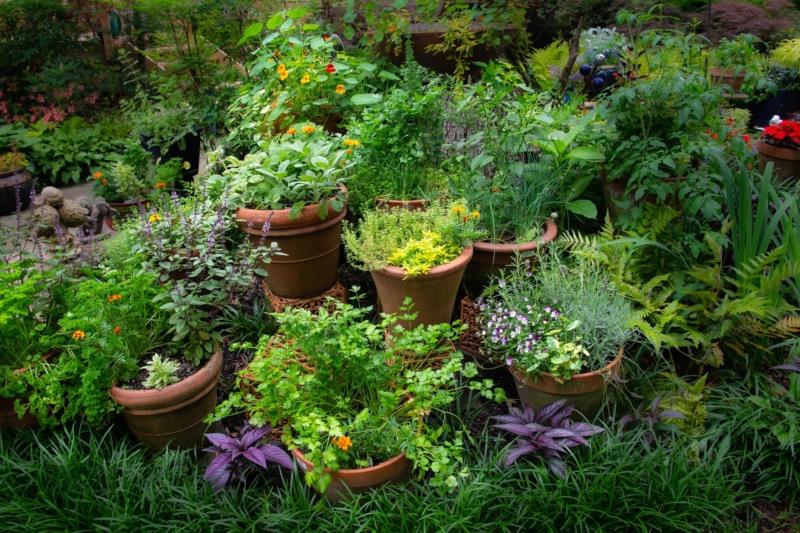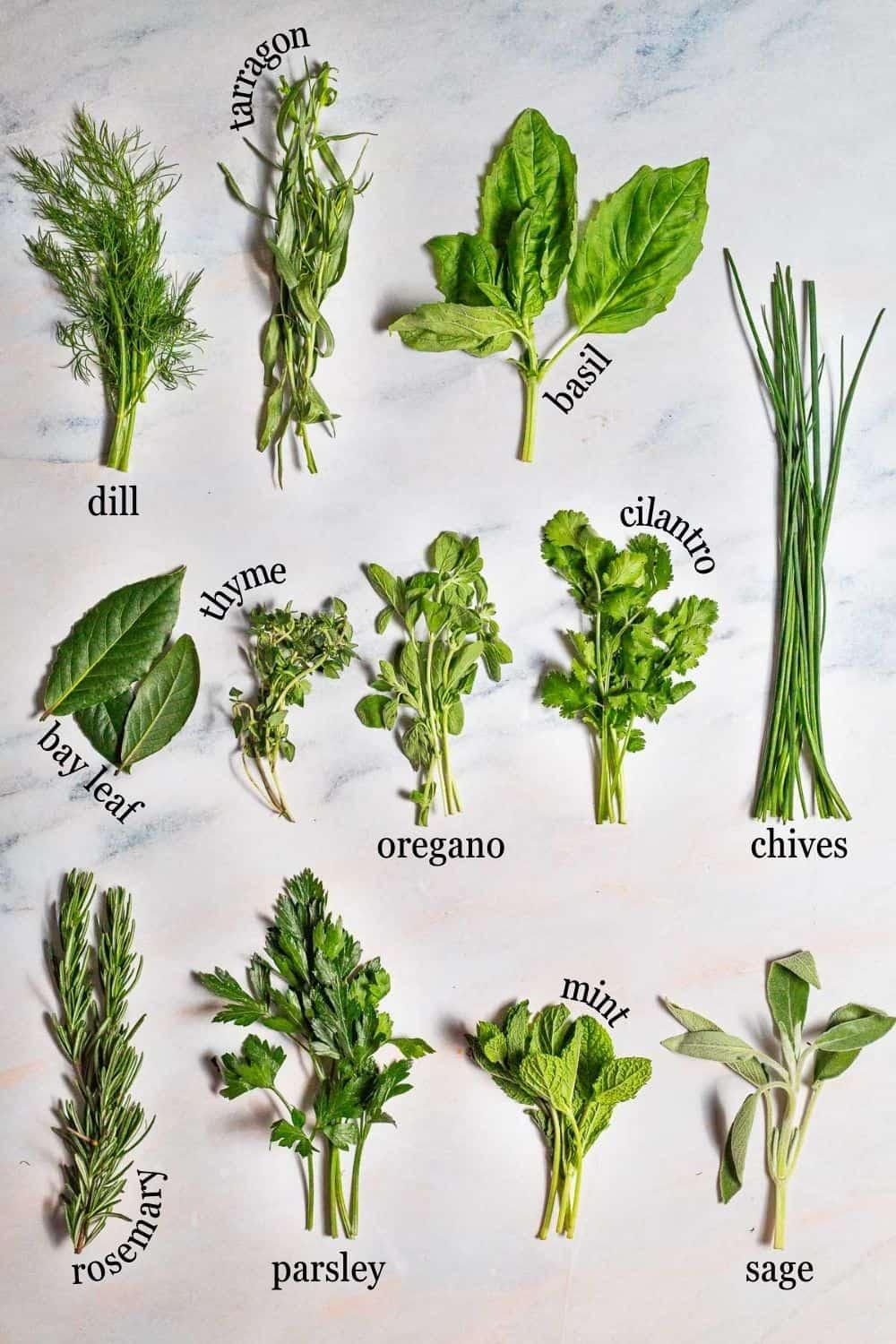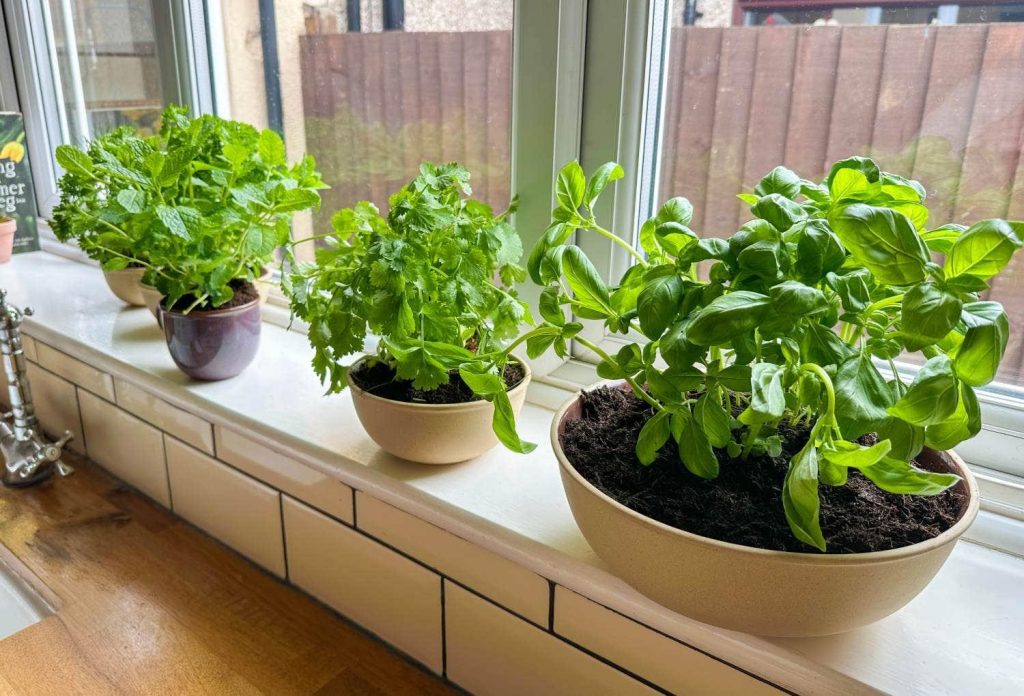Creating your own kitchen herb garden is not only a rewarding endeavor but also an enlightening journey into the world of culinary delights and botanical wonders. As the heart of the home, the kitchen thrives on fresh ingredients, and nothing enhances flavor quite like homegrown herbs. This step-by-step guide will equip you with the essential knowledge and practical tips to establish a thriving herb garden, whether you have a sprawling backyard or a cozy windowsill. From selecting the right herbs to understanding their unique growing requirements, we will delve into everything you need to know to cultivate your own aromatic oasis. With a little patience and proper care, you can transform your cooking experience and elevate your meals to new heights, all while enjoying the therapeutic benefits of gardening. Let’s embark on this green journey together and discover how easy it is to bring the essence of nature into your culinary creations.
Table of Contents
- Selecting the Ideal Location for Your Herb Garden
- Choosing the Right Herbs for Your Culinary Needs
- Understanding Soil Requirements and Enhancements
- Implementing a Care Routine for Healthy Growth
- Closing Remarks
Selecting the Ideal Location for Your Herb Garden

Choosing the right spot for your herb garden is crucial to ensure healthy growth and ease of access. Most herbs thrive in full sun, so look for a location that receives at least 6-8 hours of sunlight daily. If you’re limited on space, a south-facing windowsill can work well for a small indoor garden. Additionally, consider the protection from wind and harsh weather; a sheltered location can help your herbs flourish. Other factors to keep in mind include:
- Soil Drainage: Ensure the area has well-draining soil to prevent root rot.
- Accessibility: Choose a space you can conveniently reach for regular maintenance and harvesting.
- Proximity to Your Kitchen: Placing your herb garden close to where you cook makes meal preparation easier.
It’s also important to think about the microclimate of your chosen spot. Areas near walls or fences may retain more heat, while shaded spots could affect growth. If you’re setting up your herb garden in pots, remember the flexibility of positioning them to adapt to sunlight changes throughout the seasons. Here’s a quick reference on ideal conditions for some common herbs:
| Herb | Sunlight | Watering Needs |
|---|---|---|
| Basil | Full Sun | Keep Soil Moist |
| Thyme | Full Sun | Low Water |
| Mint | Partial Shade | Keep Moist |
| Cilantro | Full Sun/Partial Shade | Keep Moist |
Choosing the Right Herbs for Your Culinary Needs

When selecting herbs for your kitchen garden, consider your cooking preferences and the types of cuisines you enjoy. Some herbs are versatile and can be used in numerous dishes, while others are more specialized. Key herbs to consider include:
- Basil – A staple in Mediterranean dishes and excellent for pesto.
- Parsley – A garnish that also adds flavor to salads and soups.
- Cilantro – Essential for Mexican and Asian cuisines.
- Thyme – Great for roasting meats and vegetables.
- Rosemary – Perfect for hearty dishes, especially lamb and potatoes.
It’s also essential to consider the growing conditions and maintenance of each herb. Some herbs thrive in sunny spots and need well-drained soil, while others prefer partial shade or moist conditions. Here’s a brief comparison table to help you get started with your selections:
| Herb | Light Requirements | Watering Needs | Common Uses |
|---|---|---|---|
| Basil | Full sun | Regular watering | Pesto, salads, sauces |
| Parsley | Partial to full sun | Moderate watering | Garnish, tabbouleh |
| Cilantro | Full sun | Well-drained soil | Salsas, curries |
| Thyme | Full sun | Low watering | Meat dishes, soups |
| Rosemary | Full sun | Low watering | Roasted dishes, breads |
Understanding Soil Requirements and Enhancements
Soil is the bedrock of any successful kitchen herb garden, serving as the primary medium for plant roots to obtain essential nutrients and moisture. A well-structured soil should contain three major components: minerals, organic matter, and microorganisms. Aim for a loamy texture, as it strikes a balance between sand, silt, and clay, allowing for adequate drainage while retaining moisture. To assess your soil’s quality, consider conducting a simple soil test that evaluates pH levels and nutrient content. Most culinary herbs thrive in slightly acidic to neutral soil (pH 6.0 to 7.0), so make adjustments as necessary by adding lime or sulfur to raise or lower the pH, respectively.
Once you’ve established the right soil base, enhancing it with organic matter can significantly bolster your herb garden’s health. Incorporate materials such as compost, aged manure, or peat moss to improve soil fertility and structure. A handful of slow-release fertilizers can also be mixed into your planting areas to support robust growth. Here’s a quick reference table to help you identify suitable organic amendments:
| Amendment | Benefits |
|---|---|
| Compost | Enhances soil structure and nutrient content. |
| Aged Manure | Provides essential nutrients without burning plants. |
| Peat Moss | Improves moisture retention and aeration. |
| Bone Meal | Rich source of phosphorus for root development. |
Implementing a Care Routine for Healthy Growth
To ensure your kitchen herb garden thrives, it’s essential to implement a consistent care routine. Begin by monitoring your herbs’ watering needs, keeping the soil moist but not soggy. Depending on the type of herb, you may need to water them 2-3 times a week. Increase watering frequency during hotter months, and reduce it in cooler seasons. To make it easier, consider using a self-watering pot or setting reminders for watering days. Additionally, check for drainage to avoid root rot; a well-draining mix is crucial for healthy growth.
Next, provide the right amount of sunlight. Most herbs thrive on 6-8 hours of bright, indirect sunlight daily. If you’re growing herbs indoors, consider rotating the pots to ensure even light exposure. Fertilization is also important; feed your herbs with an organic fertilizer every 4-6 weeks during the growing season to promote robust growth. regular pruning encourages branching and fullness. Snip off leaves and flowers judiciously to prevent your herbs from becoming leggy, and always use clean, sharp scissors to promote health!
| Herb Type | Watering Frequency | Sunlight Requirement |
|---|---|---|
| Basil | 2-3 times a week | 6-8 hours |
| Parsley | Once a week | 4-6 hours |
| Mint | 2 times a week | 5-7 hours |
| Rosemary | Once every 10 days | 6-8 hours |
Closing Remarks
establishing your kitchen herb garden is a rewarding endeavor that not only enhances your culinary creations but also connects you with the natural world. By following the step-by-step guide outlined in this article, you’ve equipped yourself with the knowledge and tools necessary to cultivate a vibrant and productive herb garden. From selecting the right herbs and preparing the soil to nurturing your plants and harvesting their fragrant bounty, each stage of this journey presents an opportunity for learning and growth.
As you embark on this green adventure, remember that patience and care are key. Your kitchen herb garden will not only provide fresh flavors for your meals but may also serve as a source of tranquility and inspiration in your home. Embrace the process, enjoy the fruits of your labor, and let the simple act of gardening bring a sense of fulfillment and joy to your life. With time and dedication, you’ll transform your culinary space into a thriving oasis of flavor, enriching both your dishes and dining experiences. Happy gardening!



